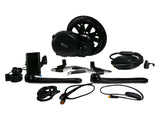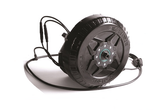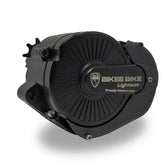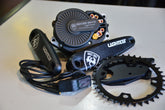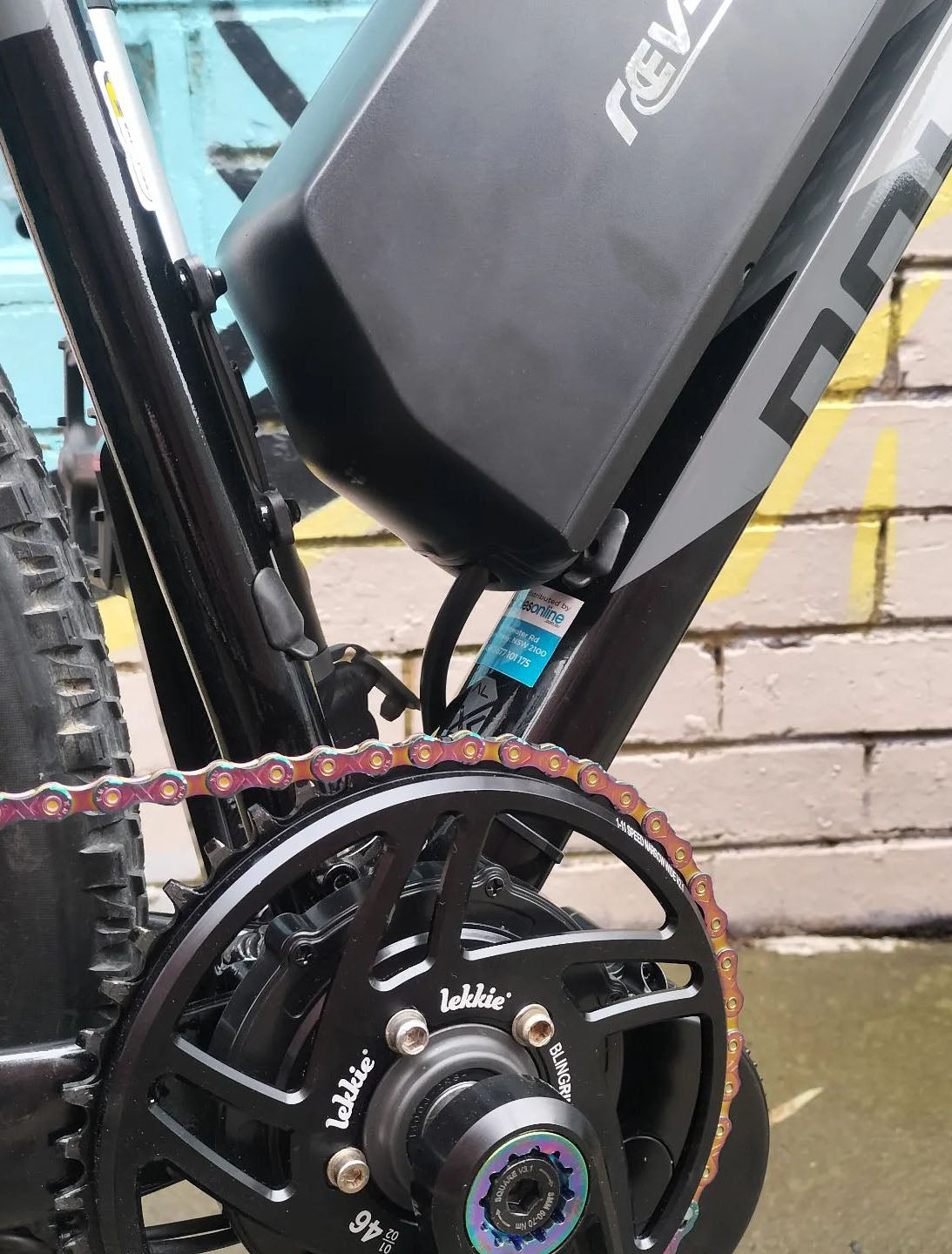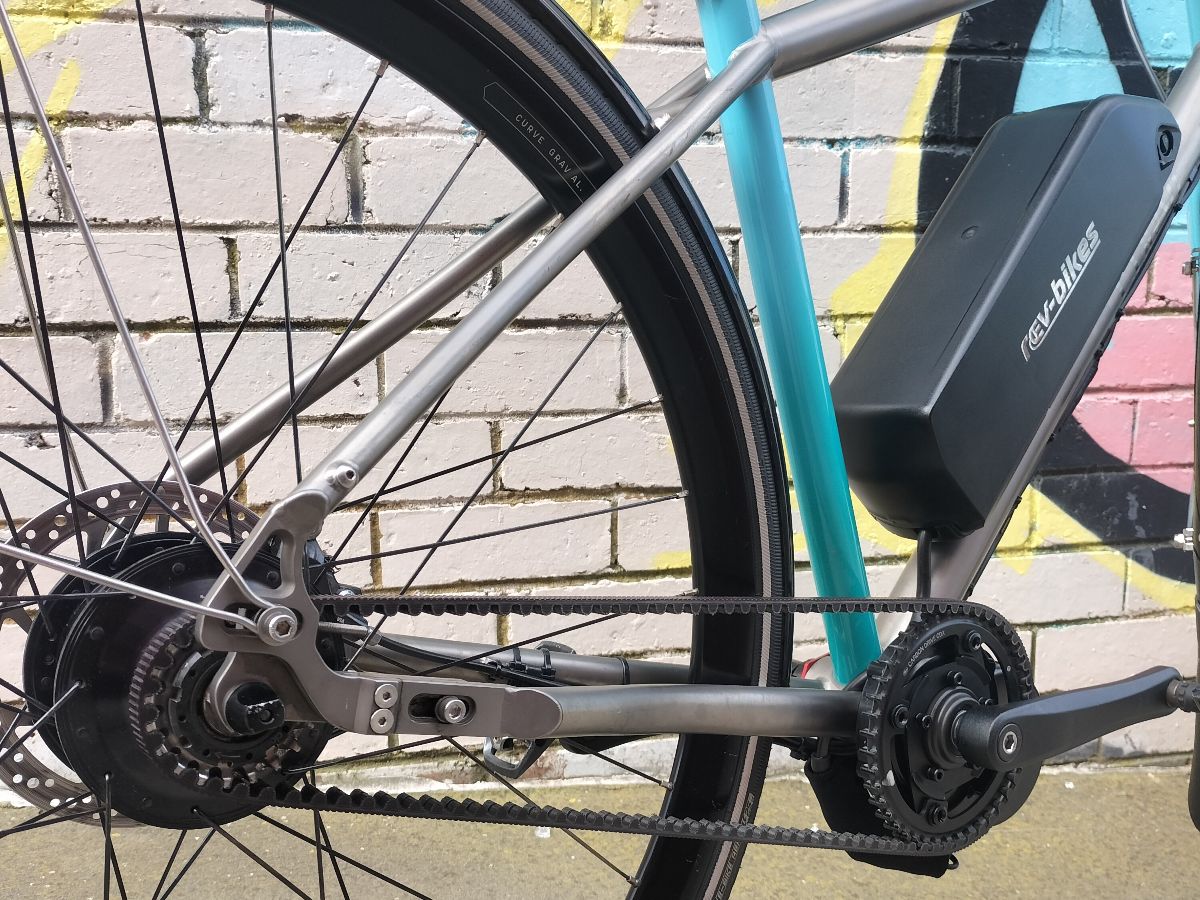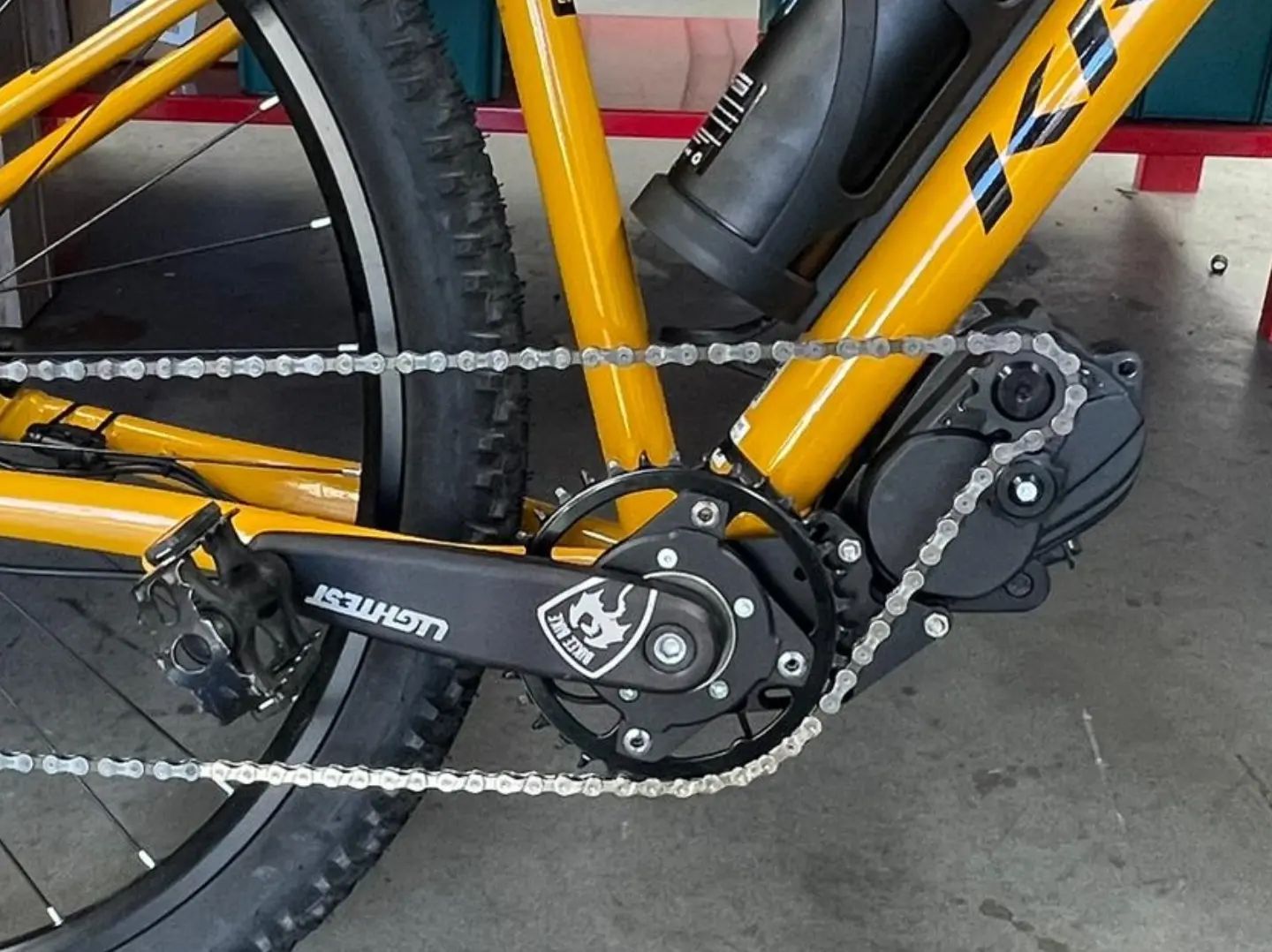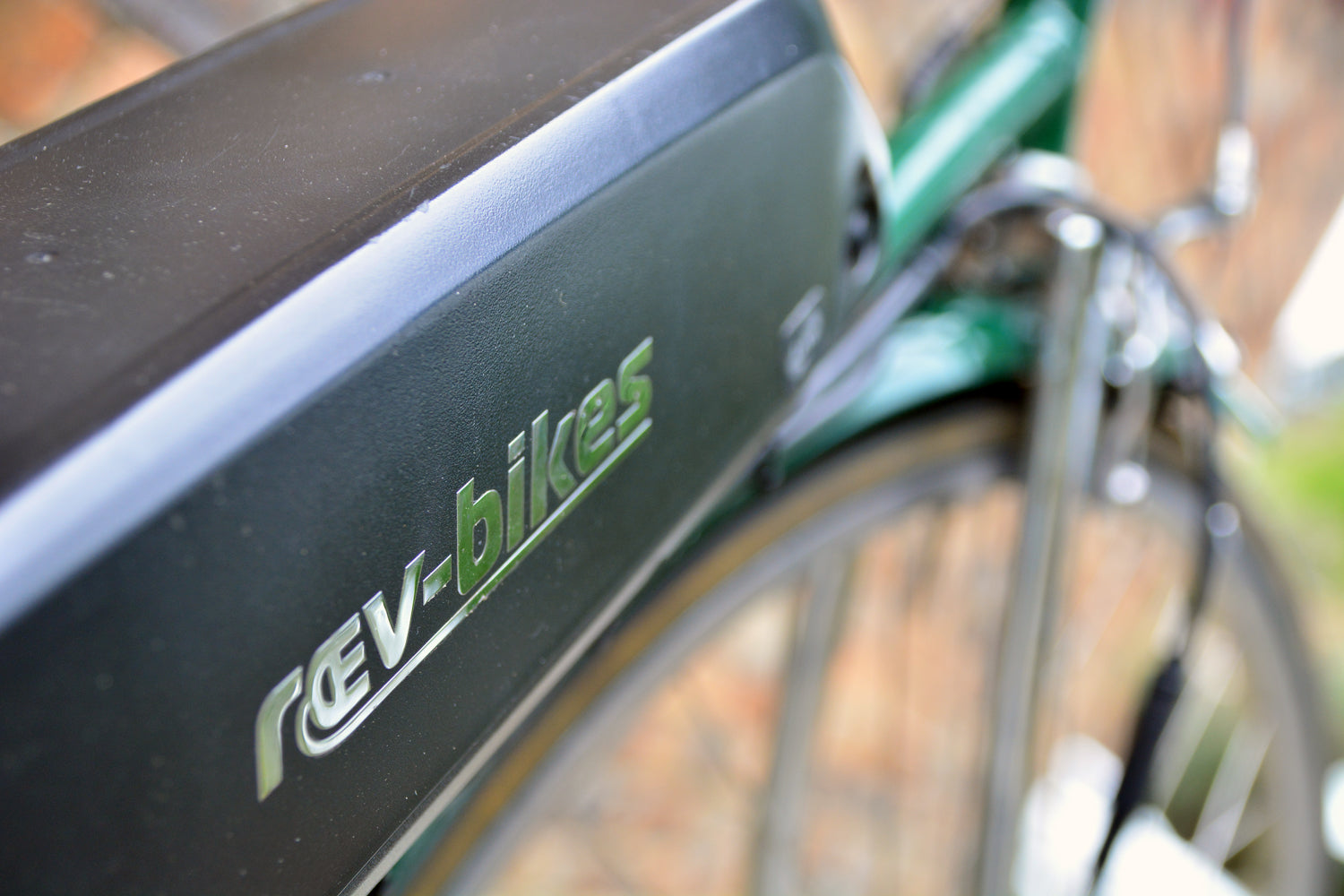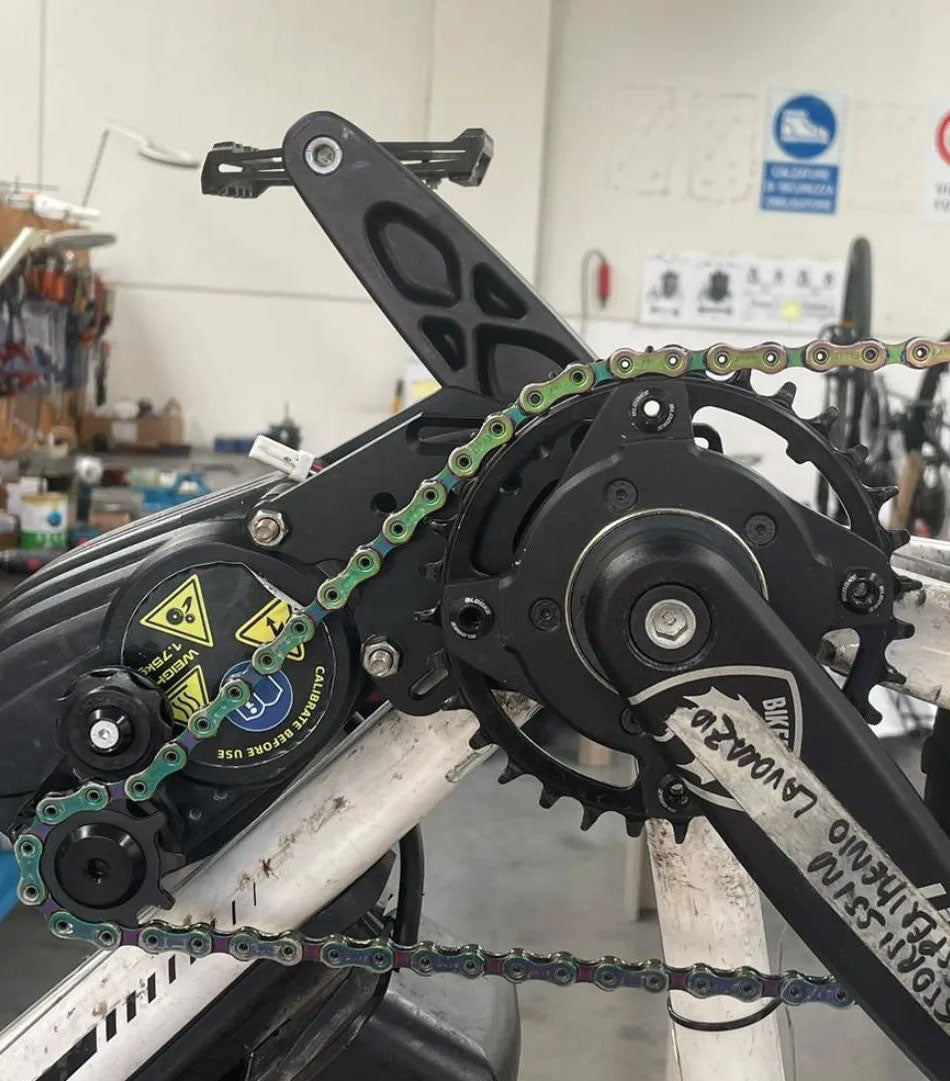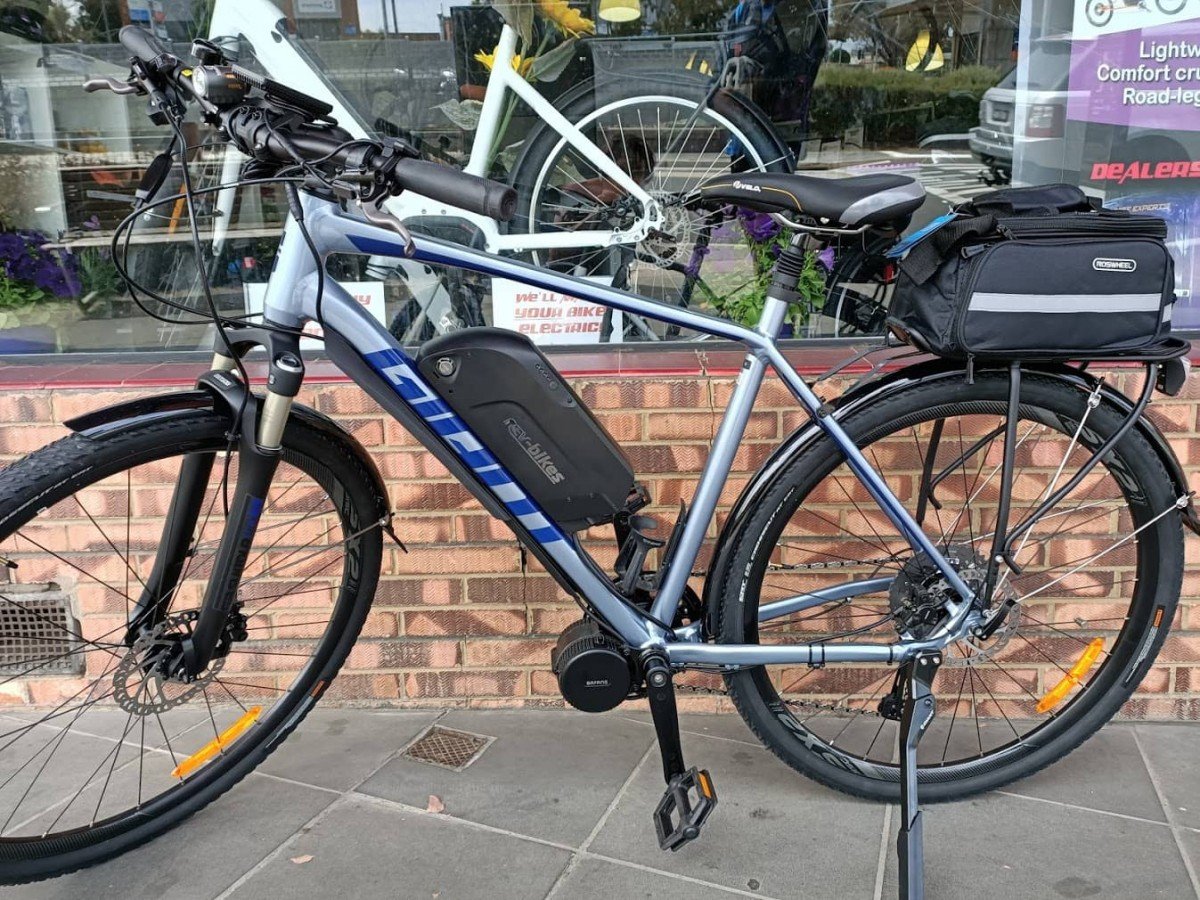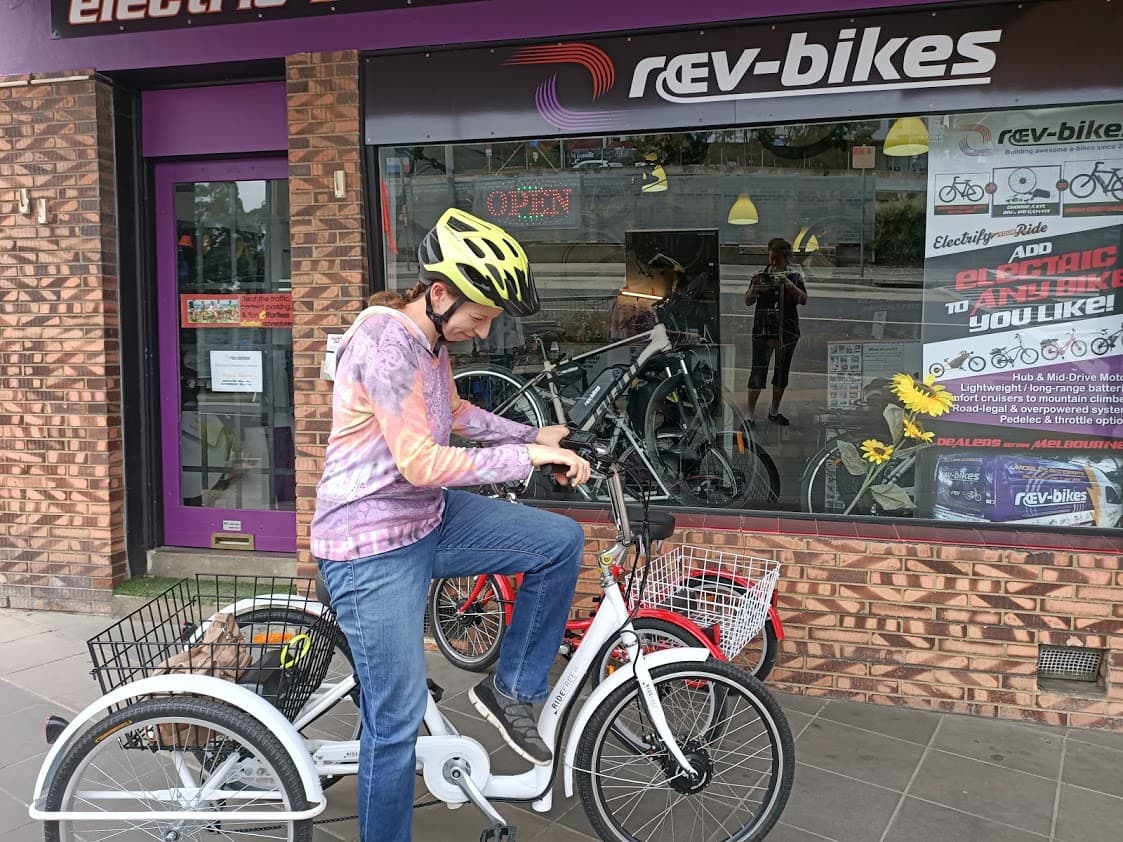Why Convert?
Frequently Asked Questions
What is a hybrid electric bike and why might it be a good choice for Australian riders?
A hybrid electric bike combines features of road bikes and mountain bikes, adding an electric motor for pedal assistance. These versatile e-bikes suit Australian conditions well, handling everything from city commutes to light off-road trails. The upright riding position offers good visibility in traffic, while wider tyres provide stability on various surfaces. The electric assist makes it easier to tackle hills and headwinds, common challenges in many Aussie cities. Hybrid e-bikes often come with practical features like mudguards and luggage racks, making them ideal for commuting or running errands.
What features should I look for in a lightweight hybrid electric bike?
Look at the frame material - aluminium is popular for its balance of strength and lightweight. Some high-end models might use carbon fibre for even lighter weight but at a higher cost. The motor system is crucial - hub motors are often lighter than mid-drive motors, but mid-drives offer better balance and hill-climbing ability. Battery capacity is essential, but remember that larger batteries add weight. Look for a battery that balances your range needs with weight considerations. Disc brakes, especially hydraulic ones, offer reliable stopping power without adding much weight.
How do I determine the best value electric bike for my needs in Australia?
Start by determining your primary use - commuting, leisure rides, or a bit of everything. Look for e-bikes with motors and batteries that suit your terrain and distance requirements. In Australia, a 250W motor with a 40-60km range is often sufficient for most urban riders. Consider the bike's build quality and component level - while cheaper bikes might seem attractive, they may cost more in the long run due to repairs or upgrades. Look for well-known brands or local companies with good reputations and warranty support.
Are there any specific regulations I need to know when riding a hybrid electric bike in Australia?
There are specific regulations for electric bikes in Australia, including hybrid models. The critical rule is that e-bikes must be 'pedelecs' - meaning the motor only provides assistance when you're pedalling and cuts out at 25km/h. The motor's continuous rated power must not exceed 250 watts. These rules apply nationwide, but some states have additional regulations. For instance, in most states, you don't need a license to ride an e-bike that meets these criteria, and you can ride on bike paths. However, always wear an approved helmet - it's compulsory across Australia.
- Choosing a selection results in a full page refresh.


